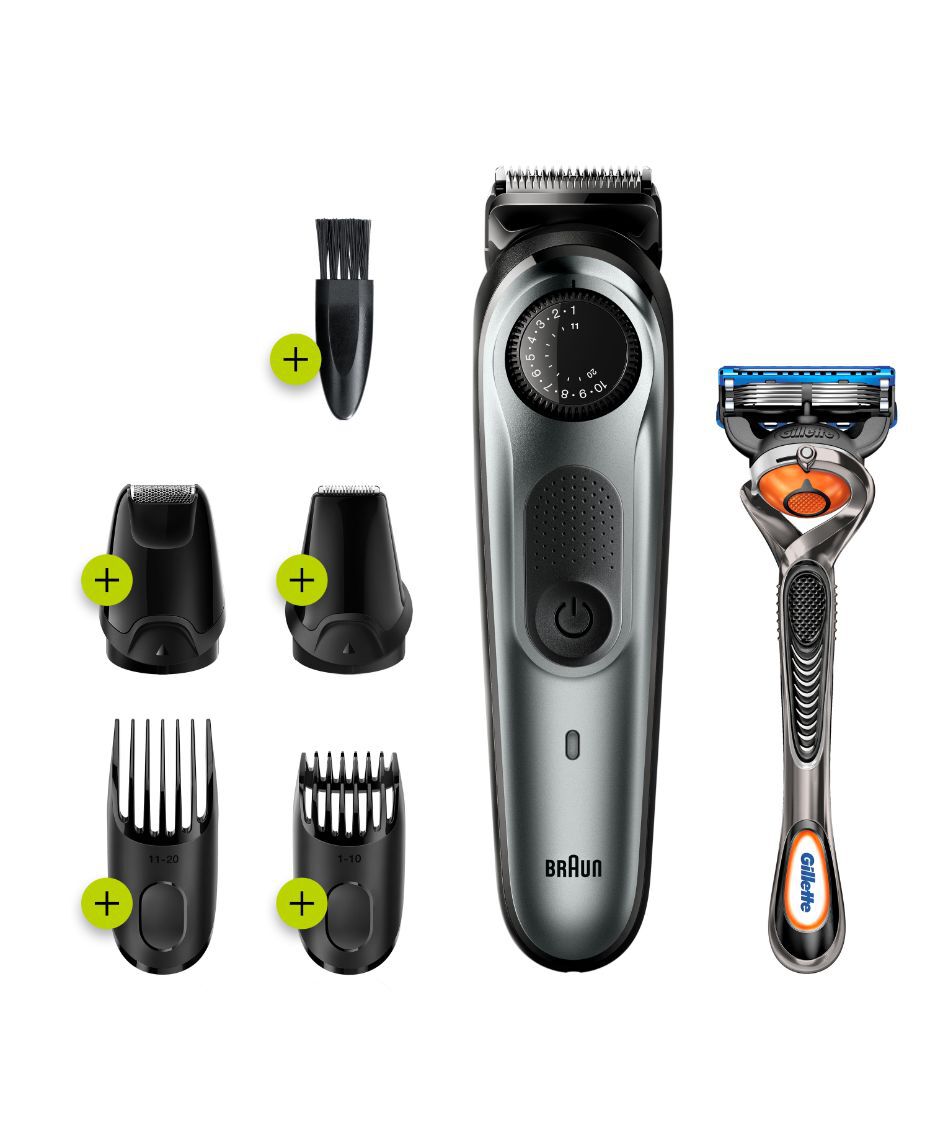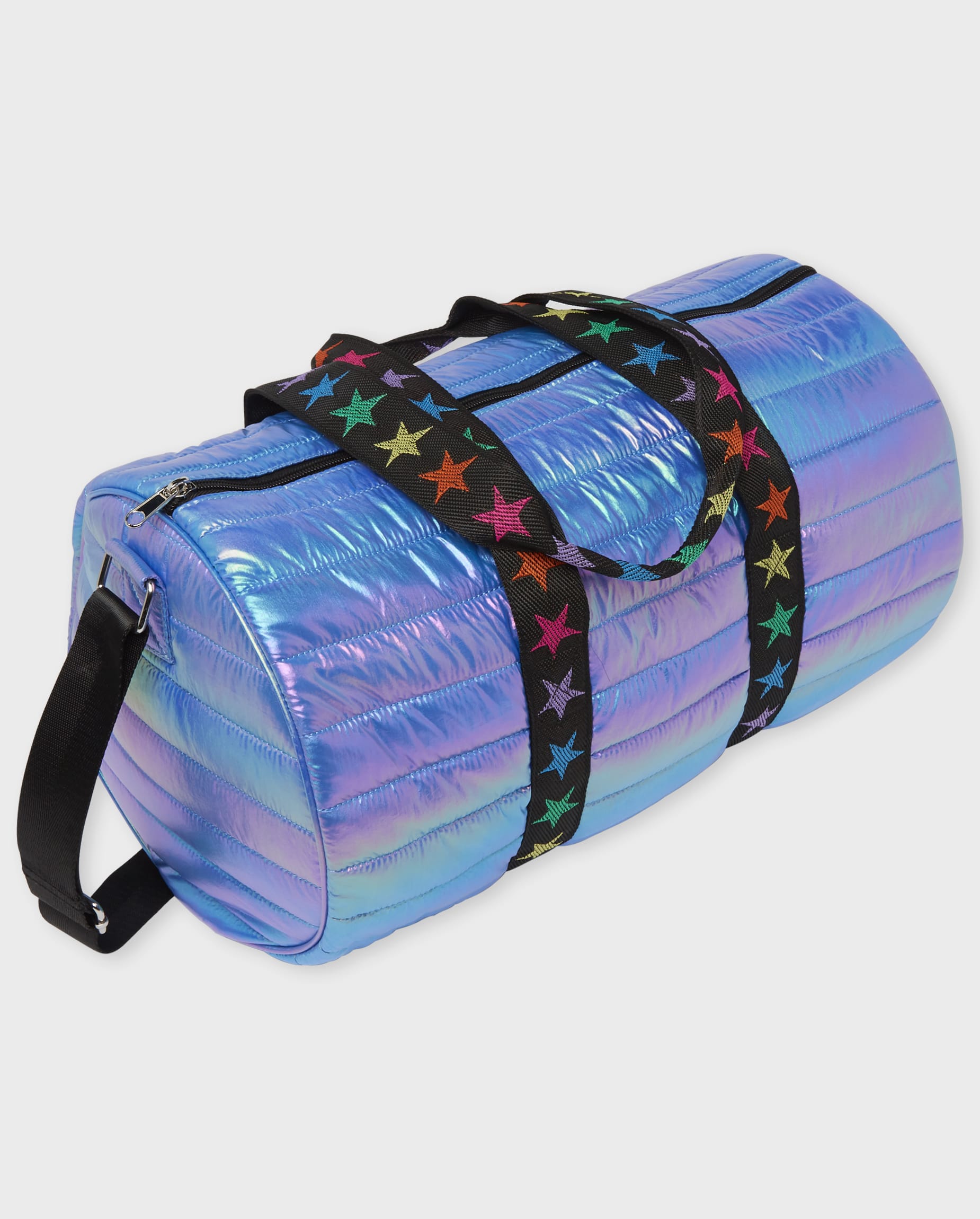Mini Clear Cosmetics Case Part of Kaya Collection – CALPAK Travel
Shop our Mini Clear Cosmetics Case with zippered compartments and sturdy handles – a great organizer for make up and the perfect travel make up travel bag.
Small but mighty. Meet our Mini Clear Cosmetics Case. It’s compact, but the small cosmetics case holds all your essentials (and then some). The small make up case has two compartments, multiple colorways, and a handy handle to make it all the more useful.
- Lay-flat carrying handle
- Two spacious zippered compartments
- Mini size for compact travel or everyday use
- Water resistant lining
Additional information
| WEIGHT | 0.85 lbs |
|---|---|
| MATERIALS | Exterior: Faux leather and Transparent PVC |
| DIMENSIONS | Exterior: 8” x 4” x 6” |








by Elyse
I love how compact this cosmetics case is. it has so much room on both sides, and it’s a huge plus that it’s clear so I can see what’s in it. I can even comfortably fit a travel mirror between the two zippered compartments. highly recommend !
by Jazz
well structured and makes finding specific items easy! the mini is great but i think i want the larger one as well!
by Dennis
I absolutely love this makeup case. Looks even better in person. The craftsmanship is superb. I’m now considering getting the tan one as well.
by Nicole
I love this bag! I use it to travel and it fits EVERYTHING that I need! The best bag to travel with!